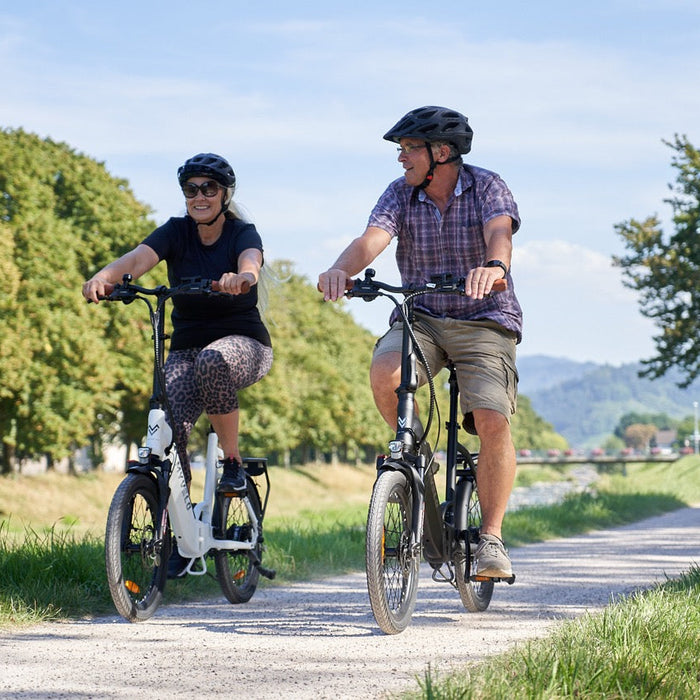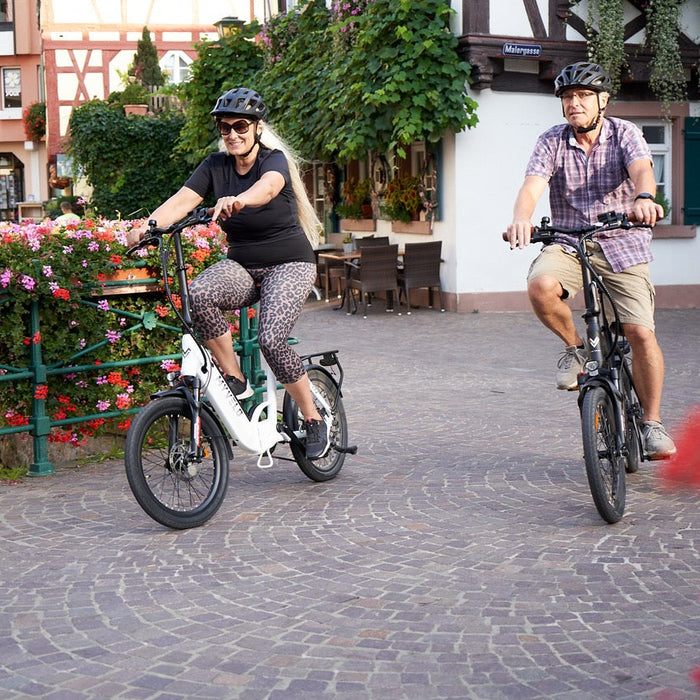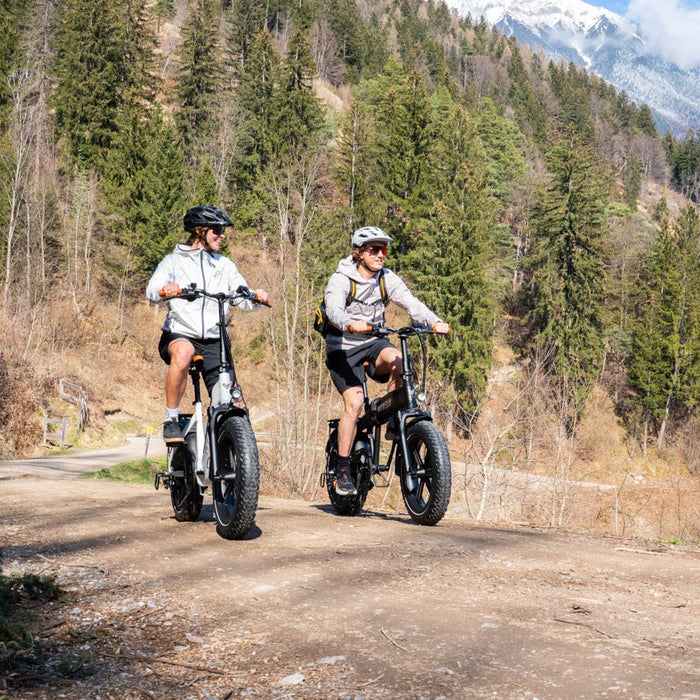V-Brake on the bicycle
The V-brake is a brake commonly found on bicycles. It consists of two pairs of arms attached to the brake bases of the bicycle frame and equipped with brake pads. When the brake lever is pulled, the brake pads press against the rims of the bicycle to slow or stop the bicycle.
V-brakes have several advantages over other types of brakes . They are lightweight, easy to maintain and offer good braking performance. In addition, they are less expensive than disc brakes and can be more easily adjusted and repaired.
However, there are some disadvantages to V-brakes. They are not as powerful as disc brakes and can be less effective in poor weather conditions such as rain or snow. They can also cause some wear on the rims due to friction between the brake pads and the rims.
Overall, V-brakes are a popular and reliable choice for bicycles, especially for everyday use and recreational riding.
V-Brake on the E-Bike
The V-brake is also often used as a braking system on e-bikes . However, e-bike V-brakes are usually more robust and powerful than conventional bicycle V-brakes in order to cope with the higher speeds and weights of e-bikes.
It is important that the brakes on an e-bike are in good working order at all times to ensure a safe ride. Therefore, the brakes should be serviced regularly to ensure they are working properly. Regular inspection of the brake pads, brake cables and brake arms is important to ensure they are clean and well lubricated.
Although disc brakes are becoming increasingly popular on e-bikes, V-brakes remain a common choice for e-bikes, especially those used for everyday use and recreational riding. However, the choice depends on the rider's individual preferences and requirements.
What is the difference to the U-Brake?
The U-brake is another type of bicycle or e-bike brake that is often used with BMX bikes or mountain bikes . Unlike the V-brake, the U-brake consists of a single brake arm attached to a fixed point on the frame. The brake pads are attached to a joint at the end of the brake arm and are pressed against the rims or discs of the bike to slow or stop the bike.
The U-brake offers greater braking power compared to the V-brake and is better suited for use in more aggressive cycling such as in BMX racing or on technical mountain bike trails. However, the U-brake also has some disadvantages. It can be heavier due to its design and requires more complex maintenance.
Overall, both the V-brake and the U-brake are popular braking systems that can be selected depending on the type of bike and riding style. The choice also depends on whether a bike or e-bike requires a faster pace or more aggressive riding style, or whether it is mainly used for leisure riding or everyday use.





